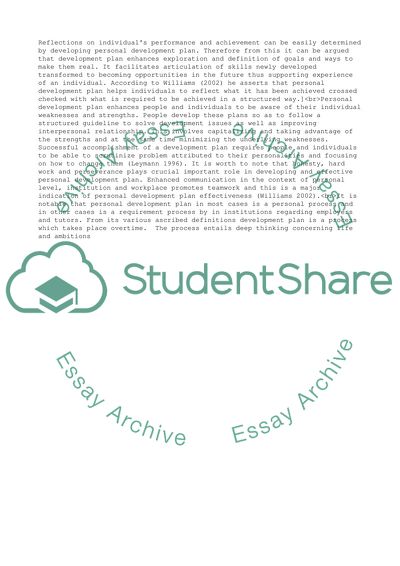Cite this document
(PEOPLE AND PERSONAL DEVELOPMENT PLAN Essay Example | Topics and Well Written Essays - 3500 words, n.d.)
PEOPLE AND PERSONAL DEVELOPMENT PLAN Essay Example | Topics and Well Written Essays - 3500 words. https://studentshare.org/management/1792383-people-and-personal-development-plan
PEOPLE AND PERSONAL DEVELOPMENT PLAN Essay Example | Topics and Well Written Essays - 3500 words. https://studentshare.org/management/1792383-people-and-personal-development-plan
(PEOPLE AND PERSONAL DEVELOPMENT PLAN Essay Example | Topics and Well Written Essays - 3500 Words)
PEOPLE AND PERSONAL DEVELOPMENT PLAN Essay Example | Topics and Well Written Essays - 3500 Words. https://studentshare.org/management/1792383-people-and-personal-development-plan.
PEOPLE AND PERSONAL DEVELOPMENT PLAN Essay Example | Topics and Well Written Essays - 3500 Words. https://studentshare.org/management/1792383-people-and-personal-development-plan.
“PEOPLE AND PERSONAL DEVELOPMENT PLAN Essay Example | Topics and Well Written Essays - 3500 Words”. https://studentshare.org/management/1792383-people-and-personal-development-plan.


